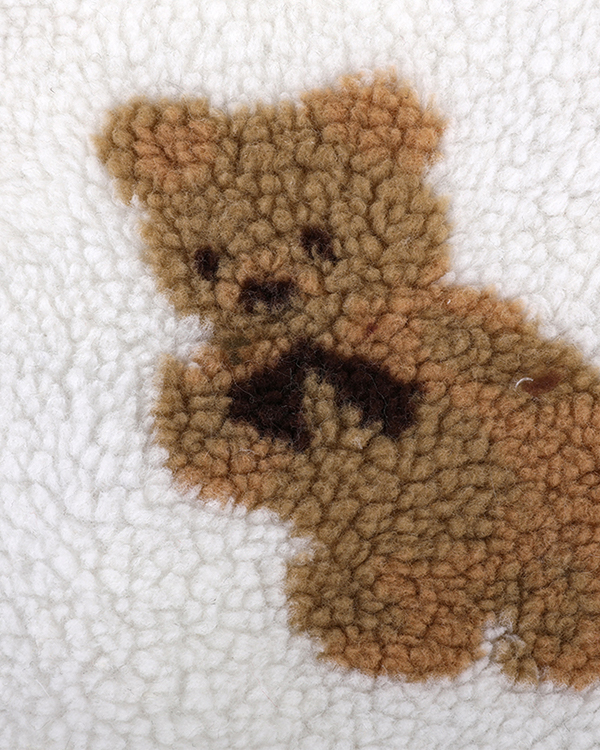Here are the specific points of distinction:
Genuine leather refers to natural leather, which is processed from animal hides. Artificial leather refers to synthetic leather or other leather-like products, which are actually artificially synthesized from basic chemical raw materials. The structure of natural leather is very complex, and it is extremely difficult or even impossible to manufacture it artificially under current conditions. Sometimes artificial leather will be "real", the following are some common identification methods.
1. The shape of natural leather is irregular, the thickness is not uniform, and its surface is often more or less, light or heavy, with some natural defects, because cowboys grow in nature, it is inevitable that there will be scars on the leather surface. The surface is smooth and meticulous in different degrees. The full-face leather has obvious pores and patterns, and the leather generally has piles. On the other hand, synthetic leather has uniform thickness, smooth surface, no natural defects, uniform pores and patterns, and generally no fuzz in the leather.
2. For finished leather products, it is difficult to distinguish genuine leather from artificial leather, especially leather products with small area, compact structure and invisible inside. There are no rough lines and no defects, and it may be artificial leather; and the texture of leather has some differences, especially the difference between the main part and the secondary part of the leather product should be more obvious. Then carefully observe the distribution of pores and their shape; natural leather has many pores and is not deep enough to bottom, and you can feel the pores left by plucking out hairs; and the pores with shallow vertical pores may be synthetic leather modified facial leather. Some even simply use a machine to press out some pore-like appearances, which can be clearly seen. In addition, from the cross-sectional view, the cross-sectional fibers of natural leather have their own characteristics, and the thickness of the fibers in each layer varies. The fiber layers of synthetic leather are basically uniform, and the surface layer is plastic film.
3. Tension and elasticity test: natural leather has good elasticity and tension, otherwise it is artificial leather.
4. Air blowing test: You can blow air with saliva on the back of the leather, and there will be leakage on the front. It is precisely because the leather has this "anti-reverse performance". When you put on the leather, the cold-proof effect is very obvious, and the Good breathability, which fully reflects the value of leather.
5. Visual identification method: First of all, it should be identified from the pattern and pores of the leather. It can be seen on the surface of the natural leather.
The pattern and pores do exist and are not evenly distributed. There are animal fibers on the reverse side, and the layers are clearly discernible on the side section. There are animal fibers on the lower layer. When scratching with your fingernails, the leather fibers will stand up and have a fluffy feeling. Fibers can also fall off, but the fabric can be seen on the back of synthetic leather, there is no animal fiber on the side, and generally the epidermis has no pores. The more regular artificial patterns, the pores are also quite consistent.
6. Hand feel identification method: Secondly, the leather feels elastic. Bending the front of the leather down about 90 degrees will cause natural wrinkles. Bending different parts respectively, the thickness and number of the folds produced are obviously uneven, which is basically OK. It is determined that this is real leather, because real leather has a natural uneven fibrous structure, so the wrinkles and wrinkles formed are also obviously uneven. On the other hand, synthetic leather feels like plastic, with poor recovery, and the thickness of the folds is similar when it is bent.
7. Smell identification method: natural leather has a strong fur smell, even after processing, the smell is more obvious, while artificial leather products have a plastic smell, no fur smell.
8. Burning identification method: mainly by smelling the smell of burnt and looking at the state of the ashes. When natural leather burns, it will emit a burning smell of hair. Prosperous, shrinks rapidly, and has an unpleasant plastic smell, sticky after burning, and hardens into lumps after cooling.
However, in recent years, due to the continuous innovation of the fashion industry, the leather leather has been pressed into many new patterns, the most common being the lychee pattern. Snake pattern, film patent leather, etc. It is not very obvious from the surface, but the authenticity can be identified from the side of the leather.



 English
English Español
Español





















